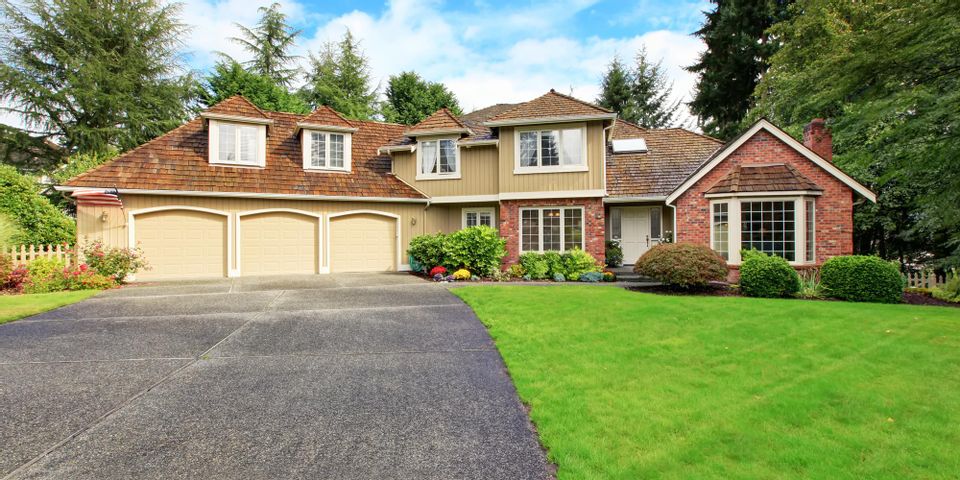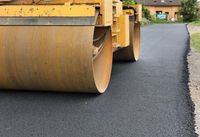A Glance at the Driveway Construction Process

Designing a new driveway or replacing an old one takes time and preparation. You must pull permits, identify utilities, and have cooperating weather for everything to go smoothly. Experienced driveway contractors can complete the project within one to three days, but the curing could take several weeks. Below is the standard process most driveway contractors follow.
7-Step Process for Driveway Construction
1. Demolition
If it is a new driveway installation, there may not be much to do during this step. Replacing a driveway requires ripping up the old one, and taking the debris away. The size of the driveway determines the machinery used and how long it will take.
2. Sloping
Contractors will then grade the area where the driveway will be. Driveways have a slight slope to minimize standing water. If water reaches under the driveway, it will loosen the soil, which in turn, will create cracks and potholes in the driveway.
3. The Sub-Base
The sub-base is the foundation of the driveway. It is a material that fills in loose areas of the soil to limit water seepage and acts as a frost barrier during the colder months. After determining the thickness, contractors compact the sub-base for maximum effectiveness.
4. Strength Check
A large roller or other vehicle is then driven on the sub base to verify it stands up to the weight. If there is too much flex, the driveway contractor will repair the area and test it again.
5. Binder
The binder—or base coat—layer is comprised of aggregate and hot-mix asphalt. Aggregates are coarse construction materials that are typically less than an inch in size. They serve as a base between the ground and pavement and minimize the space between the rocks. The less space offered, the less room air and water have to penetrate the layer.
6. Topcoat
The topcoat is the part you see and drive on. It consists of small aggregates, oil, and sand, creating an aesthetically pleasing smooth surface. A large roller is driven over the topcoat to compact all layers together.
7. Transitions
The transitions connect the driveway to the road. It consists of two level surfaces that may not be even with each other. Work is performed to offer an unnoticeable transition for the driver from one surface to the other.
If you’re looking for a new driveway, contact the driveway contractors at C. L. Richardson Construction in Ashland, MO. Since 1952, they’ve provided excellent services to residential and commercial clients all over Boone County. Their expertise is not limited to driveway and road services; they also offer land clearing, entrenching ponds and lakes, and advanced sewer system installations. Call (573) 657-9557 to schedule an appointment or visit them online to review their services.
About the Business
Have a question? Ask the experts!
Send your question

